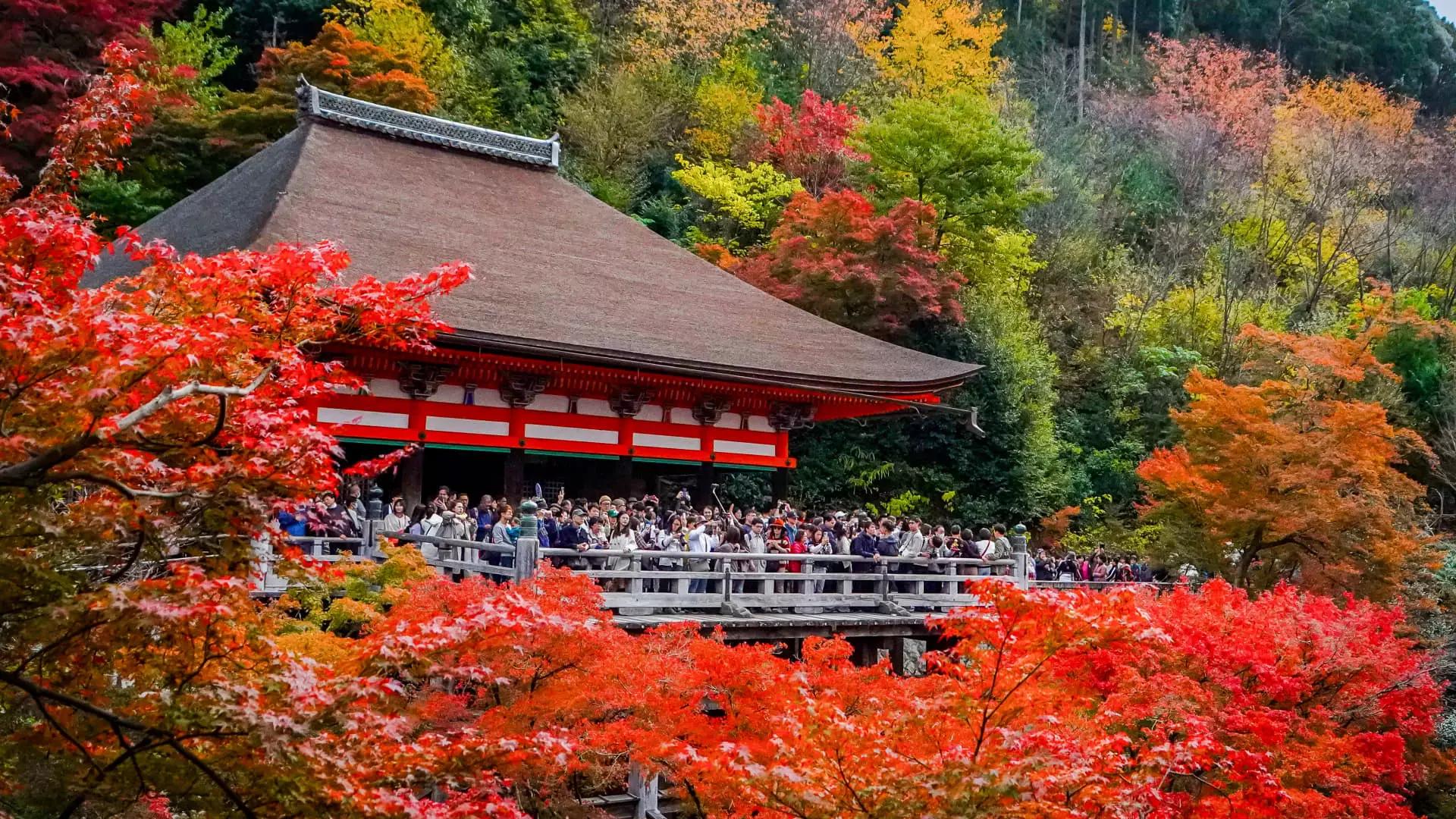Japan’s tourism sector is experiencing a remarkable rebirth as international travel continues to gain momentum following the pandemic. As autumn arrives, the nation is witnessing an influx of foreign visitors that markedly exceeds pre-pandemic figures. This article explores the evolving landscape of Japanese tourism, examining current trends, visitor demographics, economic impacts, and the challenges that lie ahead.
In recent months, Japan has welcomed a substantial number of international travelers. According to statistics compiled by the Japan National Tourism Organization, the country recorded 2.93 million foreign visitors in August, followed closely by 2.87 million in September 2024. In stark contrast, during the same months in 2019, visitor numbers were significantly lower, at 2.52 million in August and 2.27 million in September. This year, the typical seasonal reduction in tourist numbers during late summer is far less pronounced, indicating a strong recovery trajectory driven largely by Chinese travelers.
The return of visitors from China, who represented roughly 30 percent of Japan’s tourism market prior to the pandemic, has been particularly noteworthy. Following a significant increase in arrivals that began in June, the number of Chinese tourists more than doubled from 325,645 in September 2023 to 652,300 in the same month this year. Furthermore, preliminary figures suggest that over 5.2 million visitors from China have already made their way to Japan in the first nine months of 2024, marking a staggering 228% increase compared to 2023.
While East Asian countries such as South Korea, China, Taiwan, and Hong Kong continue to dominate the visitor statistics, emerging patterns show an impressive uptick in arrivals from other regions. According to a report by the Mastercard Economics Institute, travelers from North America have significantly boosted Japan’s tourism numbers, showcasing a 153% increase in visitors from the United States in the first half of 2024 compared with the same period in 2019. Notable gains have also been recorded from Canada, Australia, and various Southeast Asian nations, each surpassing pre-pandemic attendance levels.
This shift in tourism demographics carries implications beyond pure numbers. Tourists from North America and Europe generally stay longer in Japan compared to their East Asian counterparts. Approximately 40% of European travelers prefer stays of two to three weeks, while a significant majority of South Koreans spend less than one week in the country. Consequently, North American and European visitors tend to contribute more significantly to the local economy through expenditures on lodging, meals, and activities, while Asian tourists are often more inclined to shop, influenced in part by favorable exchange rates due to the weakening yen.
Japan’s tourism forecasts are ambitious, as officials aim for approximately 35 million foreign visitors by the end of 2024—a 10% increase compared to 2019. There are aspirations to further amplify this number, with hopes of reaching 60 million visitors annually by 2030. The economic implications of this growth are immense, considering the substantial revenue that tourism generates in various sectors.
However, this surge does not come without its challenges. As visitor numbers climb, concerns regarding overtourism have escalated. Certain iconic locations, including Kyoto, Tokyo, Osaka, and Okinawa, are grappling with overcrowding issues. Reports indicate that in April 2024, Kyoto saw 68% of its guests from abroad, a significant increase from prior years, while Tokyo registered a stark 36%. In contrast, many regions outside these bustling urban centers experience foreign guest ratios falling below 10%. Such discrepancies highlight the uneven distribution of tourism across the country, necessitating strategic planning to manage visitor impacts effectively.
As Japan continues to position itself as a premier destination for global travelers, the emphasis on sustainable tourism practices is becoming increasingly critical. With the rise in visitor numbers and the crowdedness being felt in major cities, solutions must be developed to mitigate the impact on local communities and resources. This may involve investing in tourism infrastructure outside major urban hubs, promoting lesser-known attractions, and enhancing visitor education regarding cultural sensitivity and respect for local customs.
Given Japan’s prominent spot on numerous travel trend lists for 2025, including accolades from major platforms like Expedia and Airbnb, the signs indicate a bright future. However, proactive measures must accompany this growth, ensuring that Japan’s rich cultural heritage and natural beauty are preserved for generations to come. Through strategic planning, community engagement, and a commitment to sustainability, Japan can navigate the challenges of increased tourist numbers while maximizing the benefits of its thriving tourism industry.

